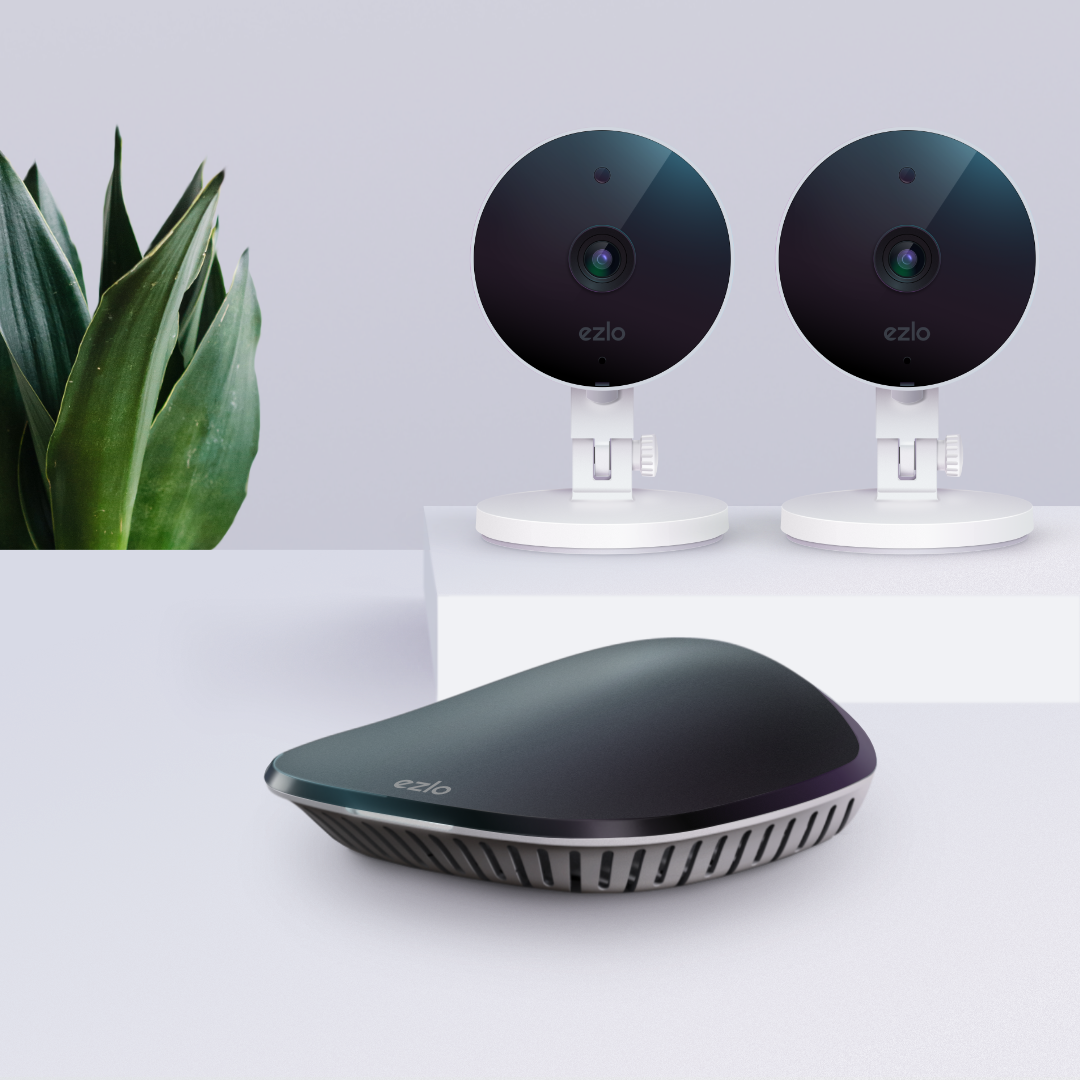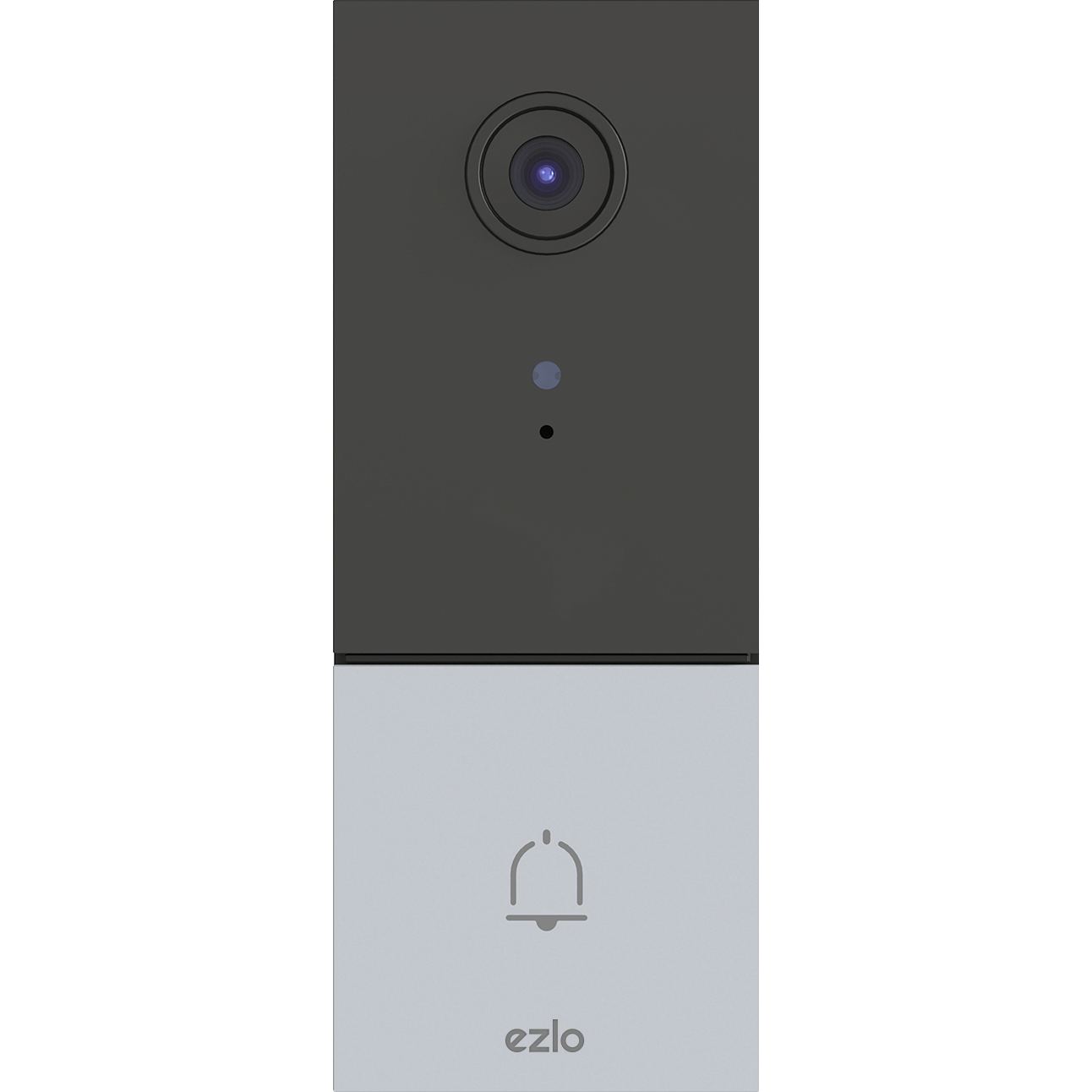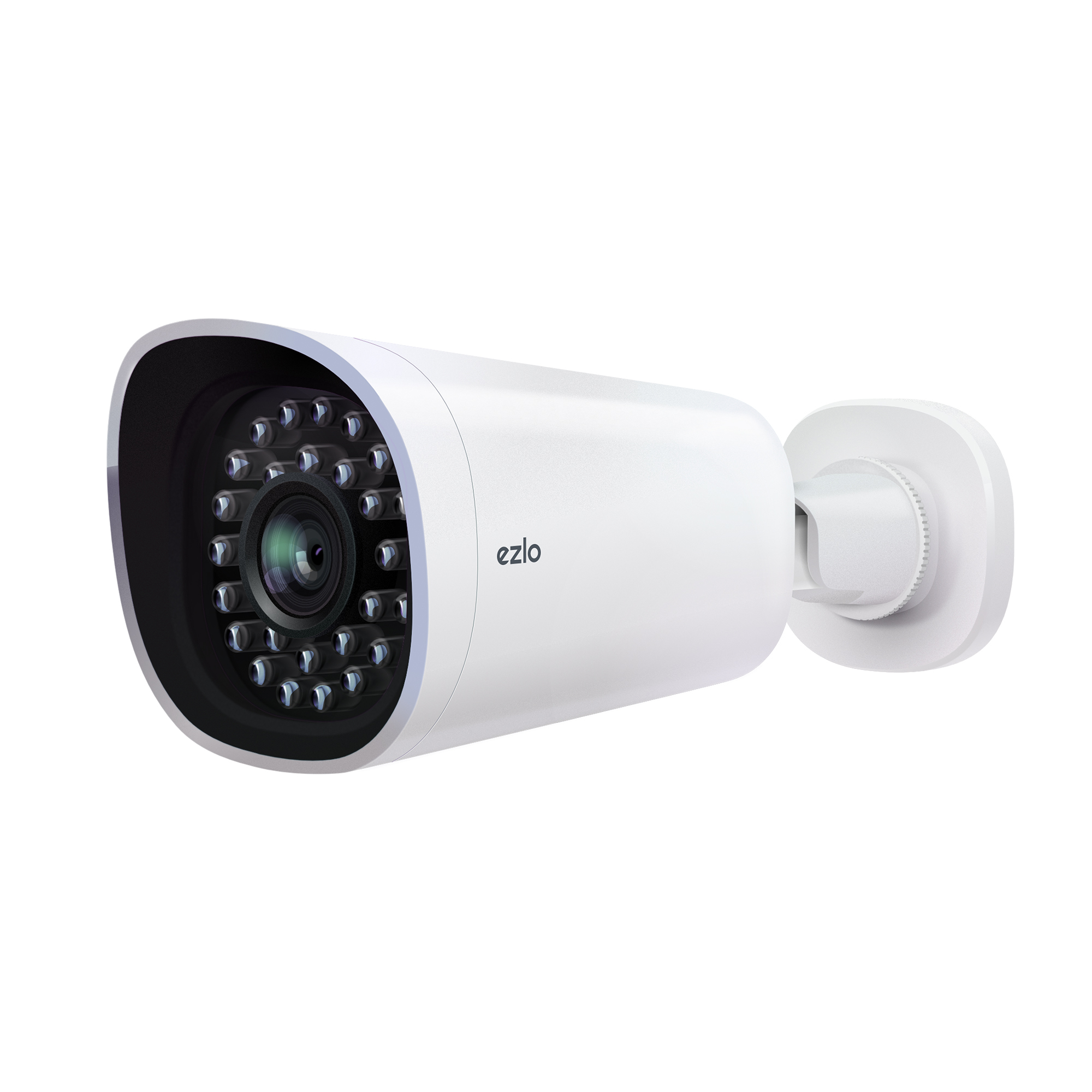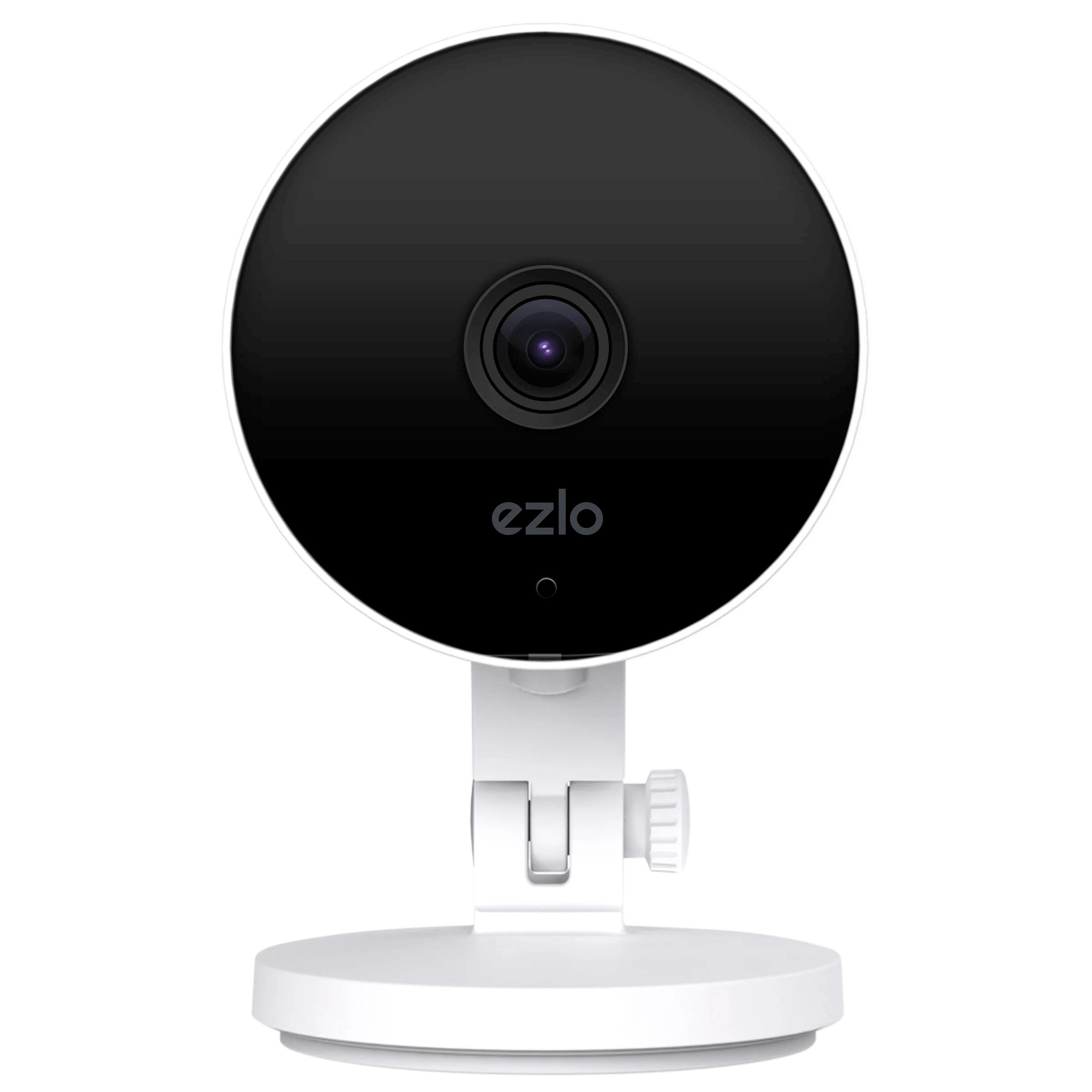Older CCTV systems use analog cameras that send video over DVRs or VCRs. On the other hand, IP cameras are more advanced and send signals over cable for storing.
If you have an analog CCTV camera and you are wondering whether should i replace my analog security cameras with an IP camera, here are some of the things you should know before doing that.
Factors to Consider Before Replacing Analog camera to IP Camera

1. Video Quality
IP cameras have higher video quality than analog ones, and they offer better zoom capabilities.
Moreover, because IP cameras transmit digital signals, they provide better video detail, making them ideal for detecting car plate numbers and facial recognition.
Although the overall quality of analog cameras is nothing to write home about, they perform better under low light conditions. These cameras also have a limited site range and do not offer as good zoom-in clarity as IP cameras.
If you zoom in on images with analog security cameras, what you get are degraded and grainier images. That means that you will hardly ever deduce any information from the pictures.
2. Resolution
Usually, digital cameras come with resolutions 6 to 20 higher than analog computers. The thing is that analog camera resolution is limited to the NTSC/PAL standard that offers.
On the other hand, IP camera resolution ranges between 1.3 to 5 megapixels. With this, you get to cover a more broad and far viewing area and get more details from images even when they are zoomed.
3. Transmission Media
Conventional cameras use coax cable, and they can operate with wireless connections or over the twisted-pair line but yield less resolution.
IP cameras work over coax, twisted-pair cable, and wireless connections. IP cameras work over coax, twisted-pair cable, and wireless connections. The main difference between analog and IP security cameras is that they make a more excellent resolution.
4. PoE Capabilities
One of the main benefits of using IP cameras is that they can operate using twisted-pair cables, eliminating the risk of overrunning electrical wire. Analog cameras cannot be powered the same way, so invading electrical cables is a risk.
5. Wireless Capabilities
When it is too expensive or difficult to run cable, IP camera wireless network connections can offer a practical solution.
A wireless analog camera also comes in handy in buildings where it is impossible or impractical to run cable, such as in older buildings.
6. Manageability and Intelligence
IP cameras allow for remote manageability and network intelligence. It means that they can stream different sections of images to several recipients simultaneously.
They also perform extra tasks such as sending alerts when motion is detected. It is a functionality that you will not get with analog computers.
7. Ease of Installation
Perhaps you do not know this, but analog cameras require more cabling than IP cameras. The former need separate cables for controlling zoom, tilt, and pan functions.
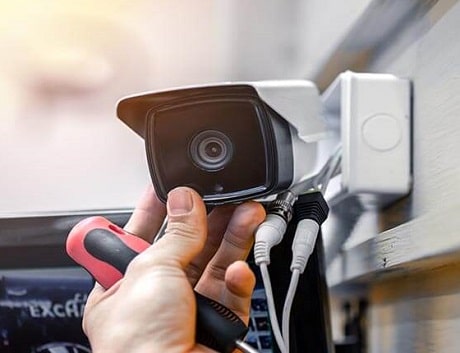
In case you need audio functionality, you will need a separate cable for it. On the other hand, IP cameras can accept control signals, PTZ control, audio, video, and power in a single line.
8. Security
Analog surveillance cameras are extremely susceptible to security breaches seeing as their recording devices like tapes can be stolen and their feeds physically intercepted. It gets worse because analog video feeds are not encoded.
Conversely, they are harder to intercept because they compress and encrypt data before transmitting it to the internet.
9. Reliability
Analog surveillance cameras have been in operation for more than 50 years, and with that comes a long history of dependability.
Although IP camera systems come with built-in reliability due to their data compressing and encrypting abilities, their reliability depends on the network.
10. Expandability
Remember that the cabling requirements for IP cameras are less complex. It is essential because the cameras offer more scalability and expandability. Nevertheless, you can still use existing cabling infrastructure when migrating from analog to IP cameras using extenders and converters.
11. Analog Camera vs. IP surveillance Camera Costs
As you may have imagined, IP camera systems are costlier than analog ones, and this has a lot to do with the technology used in the making and the level of functionality they come with.
That said, the cost of IP cameras continues to drop, and the overall cost of maintaining them is lower, seeing as there will be lower costs for labor, recording equipment, and cabling.
Final Thoughts
Ideally, you should move with the times, and when it comes to surveillance cameras, you would prefer IP camera systems to analog cameras.
With IP surveillance cameras, you get better functionality, which is enough reason to pick them instead of outdated analog systems.






